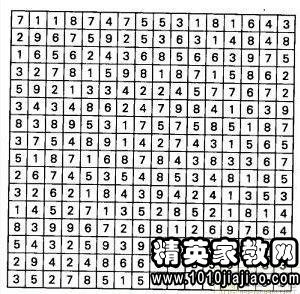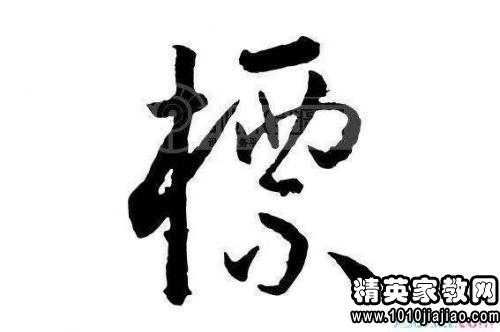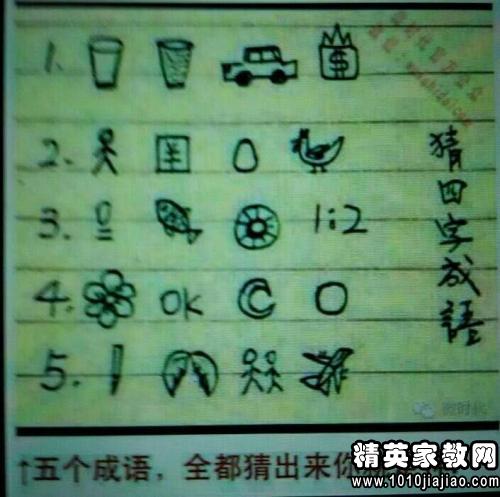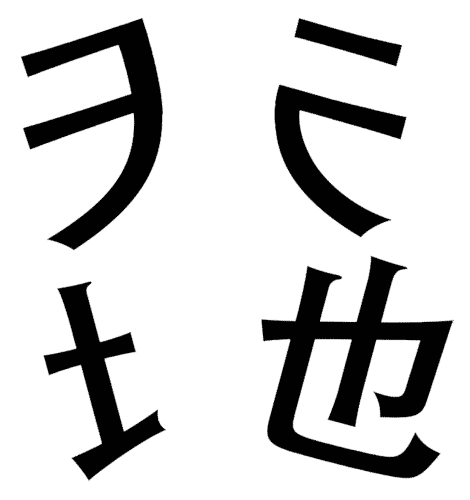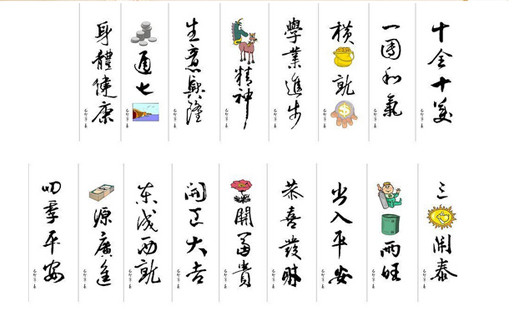天什么什么什么成语大全四个字的_猜四个字成语图片大全
疯狂猜图
2021-04-09 11:43
成语大全 四字成语的有哪些
天字开头的成语大全
喜颜后面俩字成语大全四个字 带喜颜后面俩字成语有哪些 成语故事...
决 的四字成语大全有哪些
一个四字成语组成, 你能看出是什么成语吗?
四字成语大全
一字开头成语大全
成语大全 四字成语查询 5068词语频道 5068儿童网
千什么百什么的四字成语 造句 字词解析
生肖兔的成语 造句 字词解析
蛇星的成语看图
地字结尾的四字成语造句 成语解析
以正字开头的四字成语造句 成语解析
先开头的四字成语大全
四字成语大全及解释
表情 夏天的四字成语 表情
第四个字是险字的成语
鸣的四字成语 造句 字词解析
接字的四字成语 造句 字词解析
四字成语
表示陈旧的成语
上一篇:吴带什么什么成语_成语故事图片




